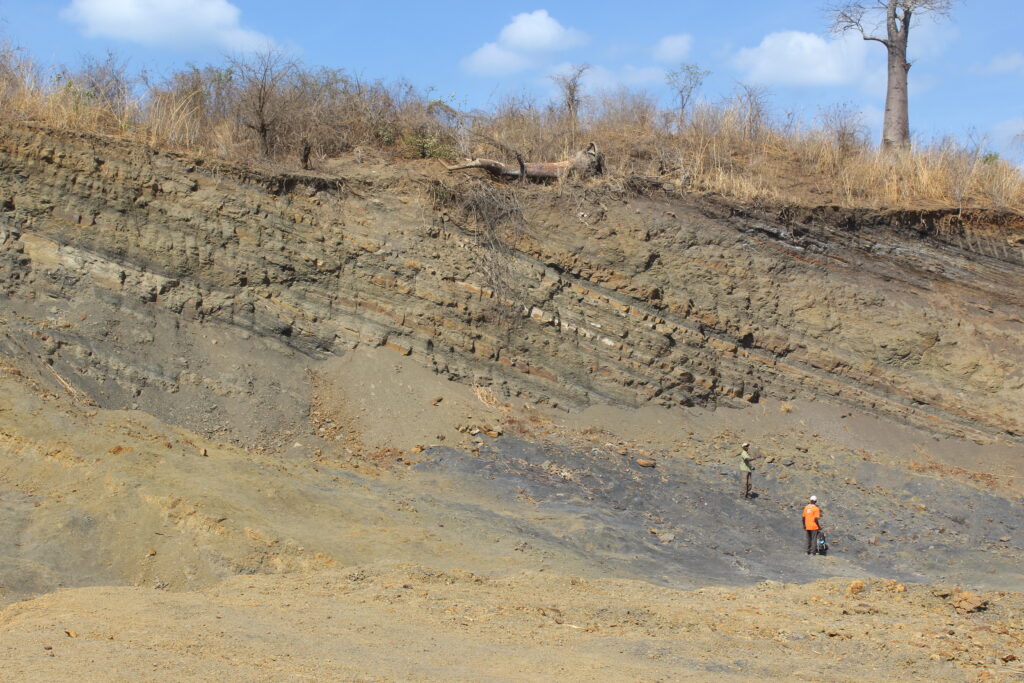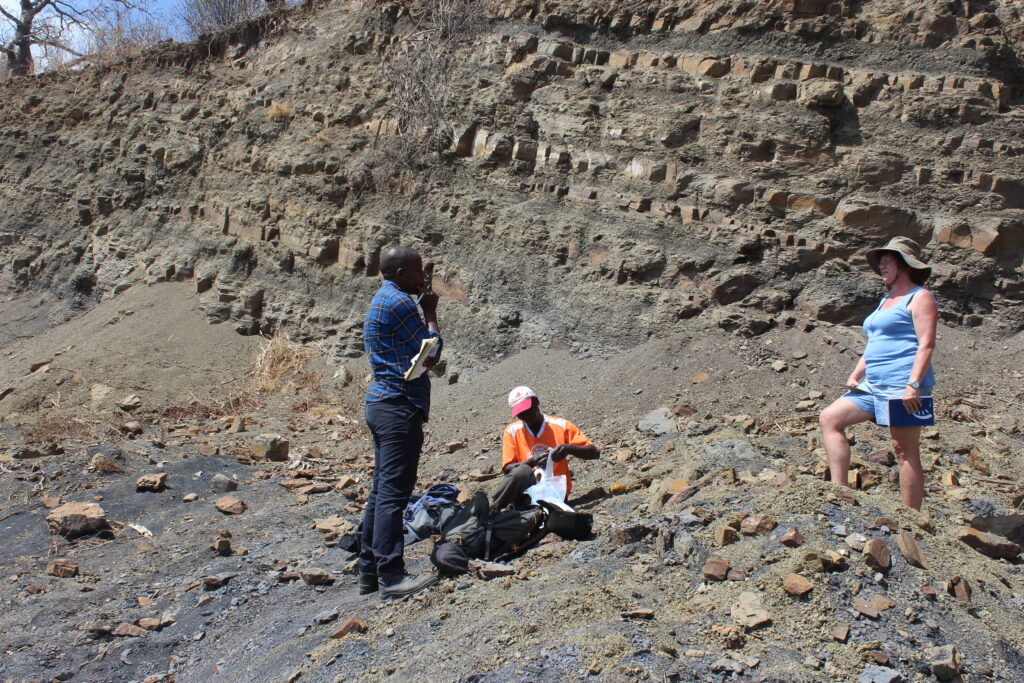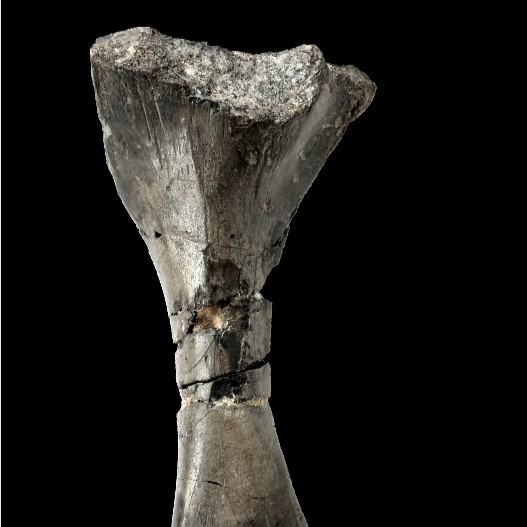From Fossils to Fuel: Mozambique’s Maniamba Basin’s Energy Potential

Panoramic view of the Michunwa outcrop, Maniamba Basin, Mozambique. Photograph provided by Nelson Nhamutole.
In the ever-expanding search for energy resources, a new study has emerged from Mozambique’s Maniamba Basin. A team led by Nelson Nhamutole, a PhD student at the University of the Witwatersrand, and his team of scientists from around the world, shared in the South African Journal of Geology that Mozambique’s Maniamba Basin could be a big source of natural gas.
Spanning an impressive 8,000,000 km², the Maniamba Basin is a geological marvel. Its layers of Permian to Early Triassic rocks hold the secrets of the earth’s ancient past, now thought to be ripe with organic material capable of producing natural gas. This revelation is a beacon for energy prospects in a world craving sustainable sources.
Nelson and his research team embarked on a meticulous journey, analysing samples from four outcrops within the basin. Employing cutting-edge techniques like Rock Eval Pyrolysis, they deciphered the organic richness of different types of rock, including shale, claystone, sandstone, and siltstone. Rock Eval Pyrolysis is a technique used extensively in the petroleum industry to evaluate the hydrocarbon potential of rocks, if they contain oil or gas, where these rocks could have been deposited, and whether they’re mature enough to have generated oil or gas. “The most challenging part was to get the right laboratory to perform the Rock Eval analysis, I had to travel all the way to the Rio Grande do Sul University in Brazil,” says Nelson.

By using this technique, Nelson and his team found A “good to excellent” total organic carbon content in the rocks from the Maniamba Basin, a key indicator of the rock’s potential to generate hydrocarbons. At the heart of this prized potential energy is kerogen, the organic matter in rocks that, under the right thermal conditions, can transform into natural gas and oil. The study identified a mixed presence of kerogen types, predominantly Type III and IV, suggesting the organic matter is mainly of terrestrial origin. This points to a landscape once lush with vegetation typical of Gondwana ecosystem now the source of potential gas reserves.
The path from organic-rich rock to be converted into hydrocarbon is a matter of maturation. “Our capability to infer that the maturation stages were somehow influenced by igneous intrusions based on a small sample size is really exciting!” Nelson exclaims. The research shows the basin’s rocks as mature to overmature, primarily influenced by tectonic activities and proximity to igneous intrusions (formations that occur when magma from beneath the Earth’s surface cools and solidifies before it reaches the surface). This maturation level integrated with the analysis of type of organic matter is indicative of the basin’s capability to generate gas, rather than oil, a crucial insight for future exploration strategies. Drawing parallels across Karoo sites, the study links the Maniamba Basin’s organic matter properties with those found in other Karoo sites stretching from Mozambique to Tanzania, Zimbabwe, Zambia and South Africa. This not only highlights the basin’s potential but also ties it to a broader geological narrative of Gondwana, the ancient supercontinent.
The discovery of the Maniamba Basin’s potential is a significant stride in energy exploration, yet it’s only the first step. The research underscores the need for further investigations to fully unravel the basin’s secrets. Advanced studies, employing a suite of geochemical and geological analyses, are essential to map out the path from potential to production.
As Mozambique stands on the brink of a new era in energy exploration, the Maniamba Basin study shows the power of international collaboration in unlocking the earth’s hidden treasures. For a world grappling with energy challenges, the basin can offers a glimpse of hope, a promise of a sustainable future fuelled by the very rocks beneath our feet. “The rock evaluation data alone can’t fully tell us about the potential sources of oil and gas, so we need to use other methods as well,” says Nelson. “In my future research, I plan to combine several techniques, including studying the types of organic material in the rocks, examining pollen and spores, looking at chemical fossils, and analysing the elements present to learn more about the potential of source rocks in the Maniamba Basin. Additionally, figuring out the age of the rock layers by looking at when certain microfossils appear and disappear will be especially important.”





